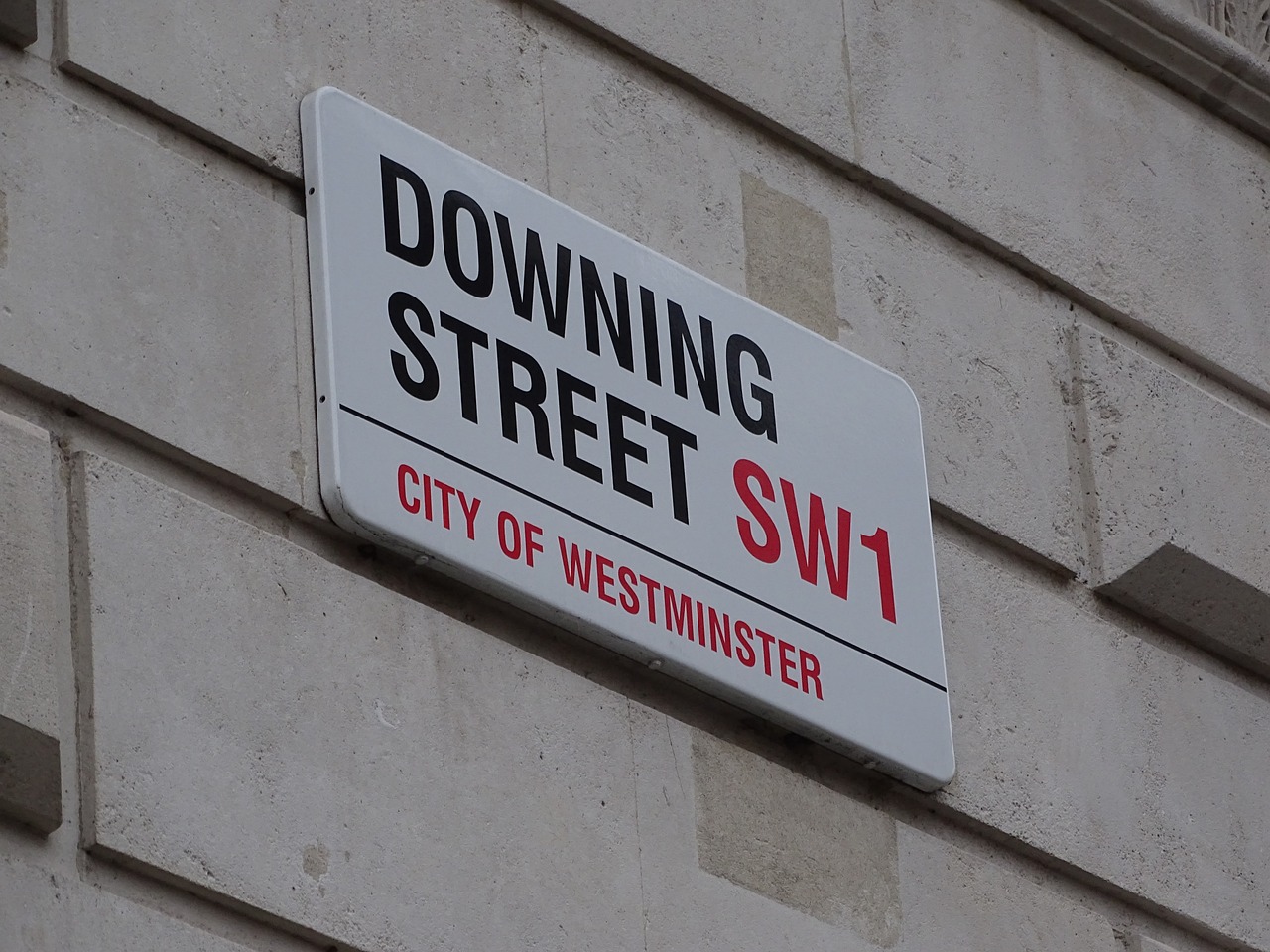From promise to action: How does the new government plan to use tech?
Article by:Alex Maxwell

It’s been mere days since the expected election landslide swept into reality. Yet it already feels like coverage around proposed actions the new Labour government should take has transformed into evaluating what it has done so far.
The easiest time for a government to make decisions and take action, the time when it holds the most power and authority, is immediately after an election; it holds its strongest mandate. So it makes sense that a raft of changes are being implemented as quickly as possible.
In the tech space, the Department for Science, Innovation and Technology (DSIT) is already getting its makeover. On Monday, it was announced that DSIT “will expand in both scope and size bringing in experts in data, digital and AI” from three governmental departments to place the digital transformation of public services under one organisational roof. The move is part of a push “to launch DSIT as the digital centre of government” and, additionally, “to accelerate innovation, investment and productivity” across the economy.
It’s immediate action. And tech startups seem to be backing the government’s overall growth plan. But for Keir Starmer and his Science, Innovation and Technology Secretary, Peter Kyle, their tech intray is bulging with pressing priorities. With much detail on their tech policies still to be hashed out, here are some key areas in need of focus.
Healthtech
The NHS has been creaking under the pressure of record-breaking waiting lists, staff strikes, data breaches and system inefficiencies for quite some time. Labour’s manifesto promises new AI-powered CT and MRI scanners to catch cancer faster, but otherwise ‘tech’ is mentioned, in some form, sparingly (three times, to be precise).
Currently its headline strategy to create 40,000 more appointments every week will be carried out by paying staff more to work evenings and weekends. This policy will need to be joined by the continual upgrading of legacy systems to increase efficiency and help facilitate such a process – its NHS innovation and adoption strategy is designed to get faster approval for new tech.
Climate & energy tech
The creation of Great British Energy is greatly lauded in the party’s manifesto. The publicly owned body will invest in clean energy as part of a move to have nearly all of the country’s electricity decarbonised and UK-generated by 2030.
For climate tech companies, the government’s plans to accelerate green energy production, the rollout of electric car charging points and carbon capture technologies – among many other areas – hold much promise.
AI & data centres
Part of Labour’s AI policy is to ease planning restrictions for new data centres – but it’s a policy fraught with obstacles. For one, there was the startling news last week that Google’s greenhouse gas emissions had increased by nearly 50% in the last five years due to the expansion of its data centres underscoring its AI applications. This has only intensified the scrutiny on the environmental cost of these buildings.
The government will have to take care over how it appeases local residents near sites, tackles further environmental concerns over land and water, and balances development with climate priorities. As of yet, AI development is surging far faster than the green energy infrastructure to power it. The irony is that the technology can also provide solutions to the crisis.
While its energy plans may solve some of the battle, how it regulates AI is also pivotal; can the planned creation of a new Regulatory Innovation Office ensure AI’s safe deployment and use for good? All eyes will be on how it rolls out regulation for the Big Tech companies which dominate the AI scene in particular.
From promise to action
While tech was not a major talking point on the campaign trail (as it’s unlikely to sway on-the-fence and wider voters), it holds the precious key to boosting the economy, improving public services and tackling societal imperatives such as the climate crisis.
From startups to enterprises, from the public to private sector, from individuals to group users, building a strategy to benefit the whole tech ecosystem will also help the government drive its other priorities. There’s much promise, but we wait to see what action is taken.
Related Articles

Human brain power doesn’t cost the environment, ChatGPT’s does – so should we be moderating our AI use?
Article by:Alex Maxwell

